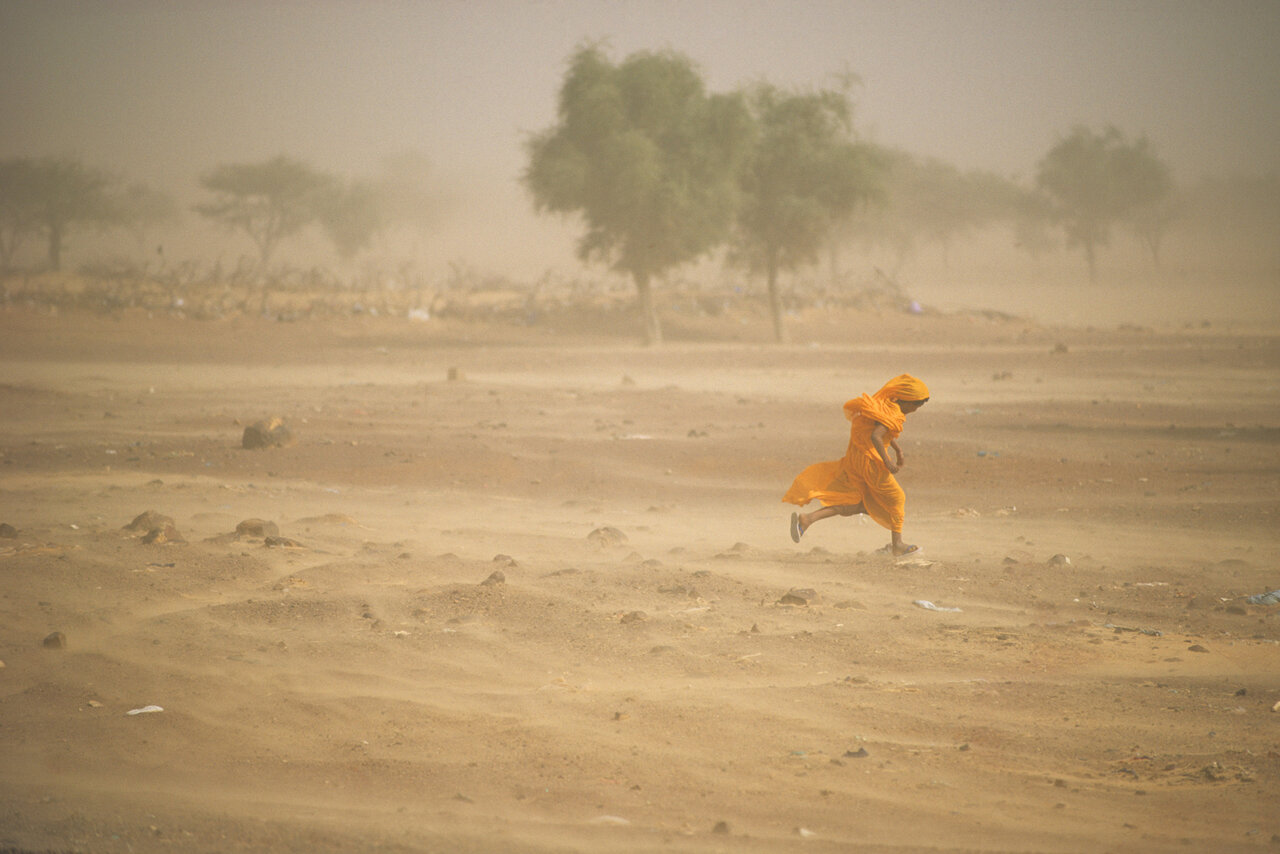July 12 named International Day of Combating Sand and Dust Storms

TEHRAN – The United National General Assembly on Thursday proclaimed July 12 International Day of Combating Sand and Dust Storms (SDSs), aiming to raise awareness about the importance of health, and sustainability.
Stressing the need for global and regional cooperation to manage and mitigate the effects of sand and dust storms, the General Assembly adopted by consensus a resolution establishing 12 July as the International Day of Combating Sand and Dust Storms, to be observed annually.
The text titled “International Day of Combating Sand and Dust Storms” was adopted under the agenda item on sustainable development: combating sand and dust storms.
By the resolution, the Assembly also invited all Member States and other relevant stakeholders to observe International Day, in an appropriate manner and in accordance with national priorities, through education and activities aimed at raising public awareness of the importance of combating such storms for human health and well-being; the promotion of sustainable land use and management; enhancing food security and resilience to climate change; and sustainable livelihoods.
SDS in Iran
The Department of Environment has set up a secretariat for the international conference on combating sand and dust storms which is scheduled to be held in Tehran on September 9-10.
In February, DOE chief Ali Salajeqeh said that based on the successful experiences of the Islamic Republic of Iran in the field of combating sand and dust storms, the United Nations introduced Iran as the host of the international conference on combating sand and dust storms, IRIB reported.
Arrangements have been made with the Ministry of Foreign Affairs and in July, this meeting will be held in Tehran with the presence of the environment ministers of the world countries, Salajeqeh said.
The Department of Environment will hold five international meetings in the current Iranian calendar year that started on March 21, he added.
“At least five international meetings will be held this year, one of which is the conference on combating sand and dust storms,” he added, IRNA reported.
One of the approvals of the regional meeting of environment ministers, which was held in Iran last summer, was the establishment of a regional dust organization, he highlighted.
“Environmental diplomacy is the main priority for the country's political diplomacy, so holding the conference on combating sand and dust storms is important for us.”
So far, 11 meetings of the national headquarters for policymaking and controlling dust storms have been held and the results of these meetings should be evaluated and made public, he stressed.
In the field of diplomacy, the Department of Environment has held meetings with neighboring countries to the extent that Egypt has also announced its readiness to attend the Tehran meeting, he highlighted.
He pointed out that a delegation from Iran will travel to Iraq in the near future to discuss the issue of sand and dust storms in order to make decisions to deal with the problem.
In July 2022, Tehran played host to a conference of ministers and officials from 11 countries, aiming to boost cooperation for resolving extant environmental problems, especially sand and dust storms.
Environment ministers of Iraq, Armenia, the United Arab Emirates, Oman, Syria, and Qatar, as well as deputy ministers of Azerbaijan and Turkmenistan along with delegations from Turkey and Uzbekistan, participated in the event which was held with the theme of “Environmental Cooperation for a Better Future.”
Addressing the opening ceremony, President Ebrahim Raisi emphasized that the preservation of the environment is essential and an inevitable priority.
Raisi had earlier obliged the Department of Environment to diligently pursue the solution of sand and dust storms through diplomacy and international forums, as well as interaction with neighboring countries.
“Conservation of the ecosystem and environment, which is a global concern, especially for countries of the region, is an inevitable priority today. If the environment is not safe and peaceful for people, the development will not be in its proper place and it will even become a threat to human health,” Raisi stated.
The SDS phenomenon has been plaguing the country for several years and has caused problems in many provinces.
According to studies, eight large sand and dust storm hotspots stretching to 270 million hectares in neighboring and Persian Gulf countries are affecting Iran.
Regional maps show that Saudi Arabia produces the highest level of particulate matter, followed by Iraq, Syria, Kuwait, and the UAE, respectively.
According to experts, natural and human factors are involved in the occurrence and severity of this phenomenon which is mainly caused by excessive consumption of water and drying up reservoirs.
To deal with sand and dust storms, positive measures have been taken inside the country.
A ten-year plan has been prepared to curb internal sources of sand and dust storms.
The internal dust sources are estimated at 34.6 million hectares, generating an average amount of 4.22 million tons of dust per year, about 1.460 million hectares are dried wetlands.
In recent years, about €370 million has been spent by the National Development Fund to combat SDSs, which had good results, but it seems that the annual credit is declining as conditions improve.
Letizia Rossano, the director of the Asian and Pacific Centre for the Development of Disaster Information Management (APDIM), said in June 2022 that Iran is really at the forefront of understanding the problem of sand and dust storms as well as dealing with it.
More than 80 percent of the entire populations of Turkmenistan, Pakistan, Uzbekistan, Tajikistan, and the Islamic Republic of Iran are exposed to medium and high levels of poor air quality due to sand and dust storms," she noted.
MG
